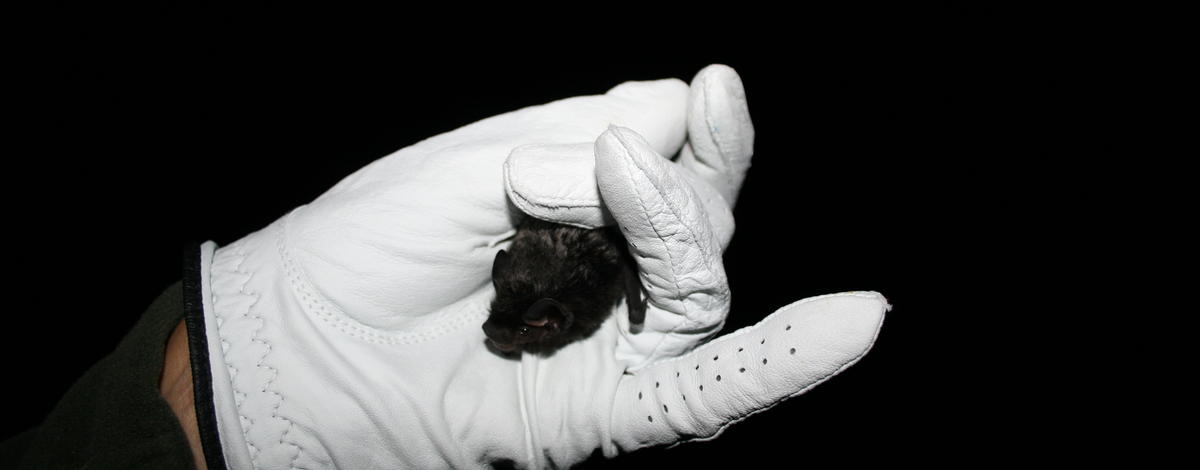A recent report of a rabid bat in Blaine County has raised concerns with homeowners who find a bat in their house and how to safely remove it. While the rate of rabies in bats in Idaho is extremely low, as with any wild animal, personal safety is always encouraged when handling and releasing any wildlife.
Bats, as with all mammals, are a natural host for rabies in Idaho under the right circumstances. A bite is the primary way rabies is transmitted. Other exposures that could also be considered high risk for infection include contacting nervous tissue (brain or spinal cord) from a potentially rabid animal.
The Idaho Department of Health and Welfare, Division of Public Health, Bureau of Laboratories is the only facility in Idaho that tests animals for rabies.
Historically, rabid bats have been reported from most counties in Idaho and are usually detected from March to November. Between 2010 and 2020 the Idaho Bureau of Laboratories found an average of 15 bats tested positive each year for rabies across the state.
How to safely move a bat
Fish and Game produced a video which is accessible on the Idaho Fish and Game YouTube channel, that demonstrates how to encourage a bat to leave a house, or, if trapping is required, how to safely trap a bat.
https://www.youtube.com/watch?v=JGzl6ukkrZc
“Bats are naturally a very shy animal and rarely seen,” according to Lyn Snoddy, Regional Wildlife Biologist with Idaho Fish and Game, Magic Valley Region, “bats are helpful, not harmful, but like all wildlife, they should be handled carefully to not cause harm to the bat or to the person capturing the bat for release back into the wild.”
If attempting to capture and release a bat found in a home there are a few safety tips to keep both humans and the bat safe:
- First attempt to provide an escape route for the bat without handling it.
- Always use leather gloves when handling a bat. Never use a bare hand.
- Always wear a mask.
- Prepare a secure holding container or box before attempting to capture the bat to reduce the amount of time that the bat will need to be held.
- Secure the area when the bat is found so that it can’t fly into other areas of the house through open doors.
- Stay calm. Avoid rapid movements and loud noises which will keep the bat calm too.

Always wear leather gloves in handling a bat is necessary.
If direct contact is made with the bat to exposed skin, either by a bite or scratch, or if the bat appears sick, keep the bat so that it can be taken to the Idaho Bureau of Laboratories for disease testing.
If you have questions about bats contact your local Fish and Game office.

